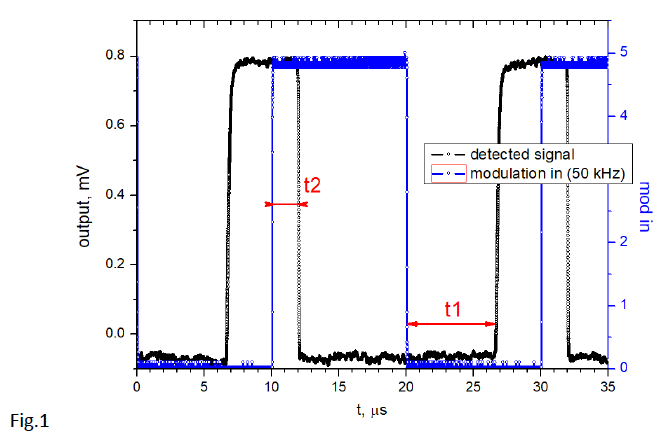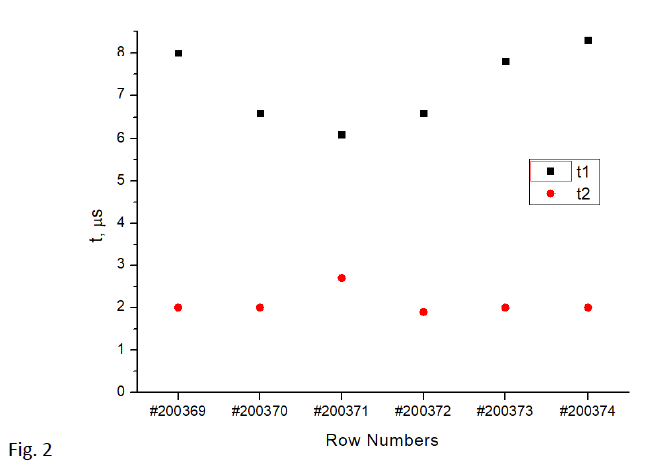Peculiarities of TERASENSE fixed-frequency THz wave sources Modulation
Our 100GHz wave sources are the most powerful and most popular among fixed-frequency generators we can offer. Even though we market them as 100GHz emitters, many of our customers are well aware, that the actual frequency is ~96 GHz (± 2GHz). All our cusotmers are well aware of this peculiarity, but it's not the only aspect of our THz generators that contines provoking questions.
Despite our video-guides and very detailed manuals which are updated regularly, some of our inquisitive customers contrive to find questions that impact certain areas, which are not covered in the manuals. We’d would like to post some of the most popular questions and the responses provided by our best experts.
 QUESTION-1: it is stated in manual that the Wave Source can be modulated with a 5V Square Wave. Is this referring to 5V Peak-to-peak voltage or 5V to 0V Square wave specifically?
QUESTION-1: it is stated in manual that the Wave Source can be modulated with a 5V Square Wave. Is this referring to 5V Peak-to-peak voltage or 5V to 0V Square wave specifically?
ANSWER-1: RF is ON at 0V modulation voltage, and RF is OFF at +5V. The threshold is between 2-3V. This signal goes to an isolated optocoupler through 1 kOhm resistor.
QUESTION-2: What does the RF ON Indicator indicate? (Green vs Orange) What triggers the Indicator light to turn on / switch colors?
ANSWER-2: In case of no modulation green RF ON LED means that the IMPATT is mostly OK. Usually there is RF radiation at the output though some malfunctions are not caught. Yellow RF ON LED means IMPATT malfunction, report to the manufacturer.
Red RF ON LED means overheating, wait some time to let it cool down, then switch the device off and on again.
With modulation the RF ON LED alternates between green and yellow and the resulting color depends on duty cycle and frequency.
This means you should not pay any attention to its color at IMPATT modulation.
 QUESTION-3: Is there any data regarding rise/fall time of the Wave Source when being modulated?
QUESTION-3: Is there any data regarding rise/fall time of the Wave Source when being modulated?
ANSWER-3: In the manual we claim the modulation frequency up to 10 kHz. Actually, the situation is as follows: the switching time is short, typically below 2 μs, but there are delays between the rise/fall of the input signal and corresponding changes in the output (see Fig.1; remember, that the logic is negative). These delays are not equal so when you raise the modulation frequency the duty cycle of the output is going to change. Also they vary from unit to unit (see for example Fig.2). As we do not measure these delays as a routine testing, we unfortunately cannot tell what they are for your devices.
Another point to consider is that the modulation in this case is performed by switching the diode off and on. This causes a transitional process ("chirp") where the output frequency changes as much as 1 GHz during several microseconds. In other words, with fast modulation the output spectra become rather garbled. Therefore, fast modulation rates are not recommended.
If you want a fast clean modulation, you need an external PIN modulator, which we can also offer.
If we tickled your curiosity and you have any questions with regard to any of our THz products, we’d be more than happy to answer them.